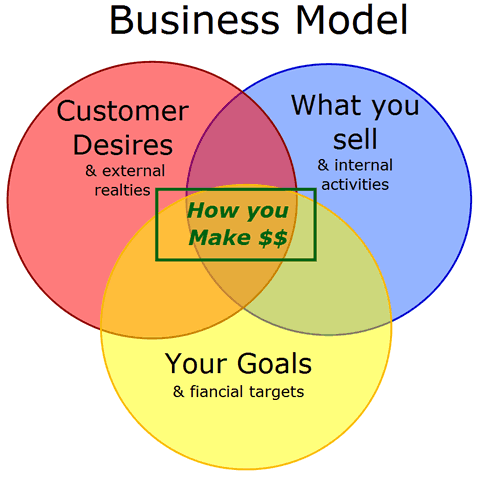It’s a statistical fact that people with bigger feet are better at spelling than people with smaller feet. Why? … They tend to be older!
Sorry for the bad joke, but ask yourself what’s the difference between big companies and small ones?
Did you answer things like: more customers, greater revenue, larger staff production capacity or sales force? Then you made the same mistake as the joke. Not understanding that size is the consequence not the cause.
What do we mean by “Scale”?
Scale has to be understood in context. If you’re a surgeon, or a personal trainer or a voice coach, then your business is a “practice”; and the maximum size you can get is going to be smaller than the maximum size for a company that makes computer hard drives. (It’s also true that the minimum size you can survive at is likely to be smaller as well.)
The same is true for a restaurant or a knitting shop. You can only get so big before you’re serving all the customers who want what you sell and are within a reasonable distance from your shop. You’ve saturated the “addressable market” in business jargon.
Of course, a restaurant can open other locations and become a chain, and the knitting shop can start selling stuff on line. But think how different your day would be as the owner of a knitting shop compared to the owner of an online knitting shop. In the latter case you’d be analyzing your page views and conversion rates. You’d have a shipping department and your business would be open 24/7. You might even need to conduct business in multiple languages.
The difference is not one of size or quantity but a difference of kind or quality. You’re not really in the same business at all. You are (to use jargon again) operating in a different business model.
And that brings us to the difference between a big company and a small one. A big company is one that understands it’s business model and exploits it for maximum size; and a small company doesn’t.
What is a Business Model?

A business model is how you transform the customer’s desires into profit. It happens at the intersection of the following:
- Your goals, passion and financial targets. (Otherwise why on earth would you be running your own company if you didn’t have goals and passion for it?)
- Your customer’s desires. (They have to want what you sell more than they want their money or they won’t buy.)
- Your internal processes. (To make a profit, you have to make something customers want, find those who want it, sell it to them, then build an organization that can do that repeatedly and less than the cost they’re willing to pay).
Two Kinds of Small Companies
Let me mention that there are two kinds of (small) companies that don’t understand or exploit their business models.
The first is what most companies are like. 50% of American workers work for small companies and most are like this. They actually have a business model, and they operate within that model. They just don’t consciously analyze the model so they don’t know how to incorporate it into their business decisions.
The Devil in the Details
To understand and exploit your business model, you have to know what really drives your customers to buy. Is it price? quality? features – and which ones? convenience? That’s why Ray Kroc (McDonald’s founder) used to say that they weren’t in the hamburger business they were in the real estate business. Their customers bought for convenience and consistency (not quality). So the key to their success was picking the right locations to give their customers the most convenient access to their consistent products.
You have to understand all your internal costs and how to maximize the impact of every dollar you spend. Do you know the cost of lead? The cost to convert each lead to a customer? Whether spending an extra 10K to improve production capacity will improve or hurt your bottom line and by how much?
Scalable companies know these things. And they’re always working to improve their execution of the model in which they operate.
Companies without a business Model
The second group of small companies is exemplified by the newest internet start-up. I’d name one but by the time you read this they’ll be supplanted by another.
But it’s true of any novel invention. Novocaine was invented to be a local anesthetic for military use – but found it’s market in dentistry. Early telephones were wired in pairs. You needed a separate line to the phone of each person you wanted to talk to because the business model was predicated on sending only urgent messages (faster than a telegraph). PayPal started selling cryptography on hand held devices. No one bought it. They tried several other business models before they found that people would pay to transfer cash electronically and that required security which they were good at.
These companies don’t have a business model or rather they haven’t found it yet. So what they should be doing is NOT growing. They should be learning. They should be learning what customers want, how much they’ll pay, how to find and sell to them, and how to do this in a way that makes money. Once they’ve figured that out, then they should grow.